
Humpback Whales Are Gathering in Giant Super-Pods—Here’s What Scientists Think It Means
🐋 Humpback Whales Are Gathering in Giant Super-Pods—Here’s What Scientists Think It Means

In a surprising turn of ocean behavior, humpback whales—creatures usually known for their solitary lifestyle—are now forming massive groups off the coast of South Africa. These gatherings, sometimes called “super-pods,” can include up to 200 whales—a huge change from the usual 10–20 individuals seen together in the wild.
A Marine Mystery Unfolding
For decades, humpback whales have been observed traveling alone or in small pods. But in the last five years, scientists have noticed a sharp rise in these large-scale group formations. These sightings are not only more frequent, but they’re also happening in unusual locations and at unexpected times of the year.
Normally, humpbacks feed in the cold waters of Antarctica during the Southern Hemisphere’s summer. But now, they’re being seen feeding in the warmer South Atlantic Ocean—a region they typically pass through, not stop to dine in.
Why Are These Super-Pods Forming?
Researchers aren’t entirely sure why these massive groups are coming together, but there are a few leading theories:
🦐 1. Feeding Frenzies Fueled by Krill
One idea is that these whales are gathering to feed on large swarms of krill or small fish. If there’s an unusually large supply of prey in one spot, it might draw whales in from far and wide—kind of like a big buffet in the ocean. The whales' bubble-net feeding technique—a method that involves creating air bubbles to trap fish—works better with more participants, making group feeding even more effective.
🧠 2. Social Learning Opportunities
Humpback whales are highly intelligent and capable of learning complex behaviors. These super-pods could be a way for younger whales to observe and practice feeding strategies with others. Most of the whales in these super-groups appear to be juveniles, suggesting this may be a learning or developmental phase in their life cycle.
🌍 3. Climate and Environmental Changes
As ocean temperatures warm and climate change alters marine ecosystems, the distribution of prey like krill and small fish may also be shifting. This could force whales to change their migration patterns and feeding grounds. If prey is more available off South Africa, that might explain the whales’ unexpected detour.
A Sign of Population Recovery?
Another possible reason for the rise in super-pods is the recovery of humpback whale populations. These majestic creatures were pushed to the brink of extinction during the 20th century due to commercial whaling. However, international conservation efforts have helped their numbers rebound in recent decades.
With more whales in the ocean, it's possible we’re simply seeing natural behaviors on a larger scale—something that may have happened in the past, but went unnoticed due to their smaller numbers.
Are These Super-Pods New—Or Just Newly Discovered?
Scientists also wonder whether this behavior is truly new or if it’s simply newly observed. Many parts of the ocean remain unexplored, and it's possible these whale gatherings happened in the past without human eyes around to witness them.
Modern technology—like satellite tracking, drones, and improved marine surveys—now makes it easier than ever to detect and study marine life behaviors.
What This Means for the Future
While the exact cause behind these humpback super-pods remains unclear, the trend offers an exciting glimpse into how animals adapt to changing environments. Whether it’s rising ocean temperatures, shifting food sources, or simply growing populations, the behavior of these whales could offer clues about the health of our oceans.
As researchers continue to study this fascinating shift, one thing is certain: the oceans still hold many secrets—and humpback whales are reminding us just how much there is left to discover.
🐋 Key Takeaways:
-
Humpback whales are forming giant pods of up to 200 individuals, mostly off South Africa.
-
These super-groups are unusual for the species, which are typically solitary or found in small groups.
-
Whales are feeding in non-traditional areas, suggesting environmental or behavioral changes.
-
Possible causes include abundant prey, social learning, climate change, and population recovery.
-
Scientists are still unsure if this behavior is entirely new or just newly observed.
News in the same category


Scientists Warn Italy’s Phlegraean Fields Supervolcano Is Stirring, Raising Global Alarm

Surprising Link: Marriage May Increase Dementia Risk, New Study Finds

Birds May Use Quantum Reactions to Navigate Across the Globe

Man Builds $20m White House Replica Atop Skyscraper—Now Legal Woes Keep Him Out

Woman Claims Ghost Companion Of 12 Years Warns Of Imminent Apocalypse
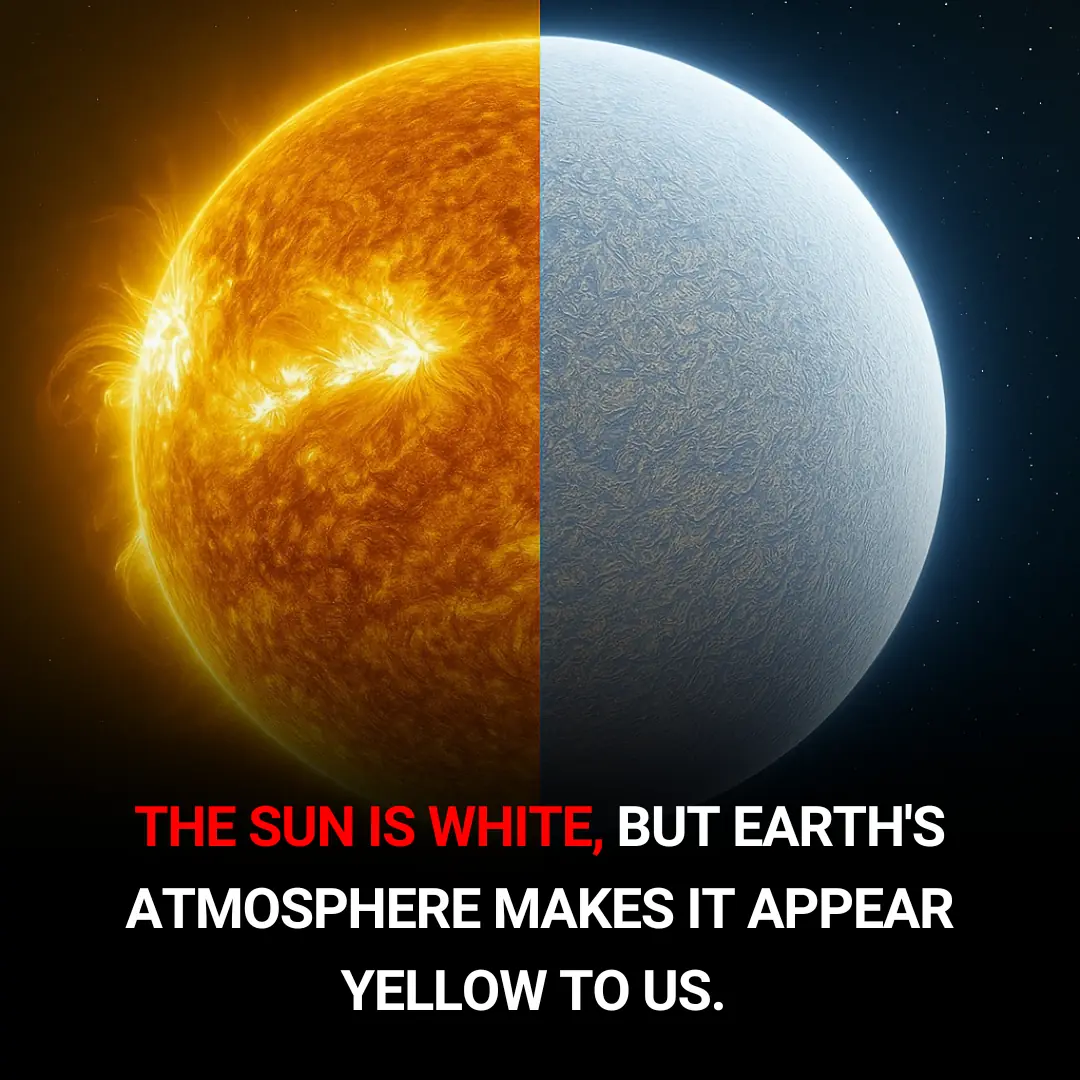
The Sun Isn't Yellow — It's Actually White ☀️
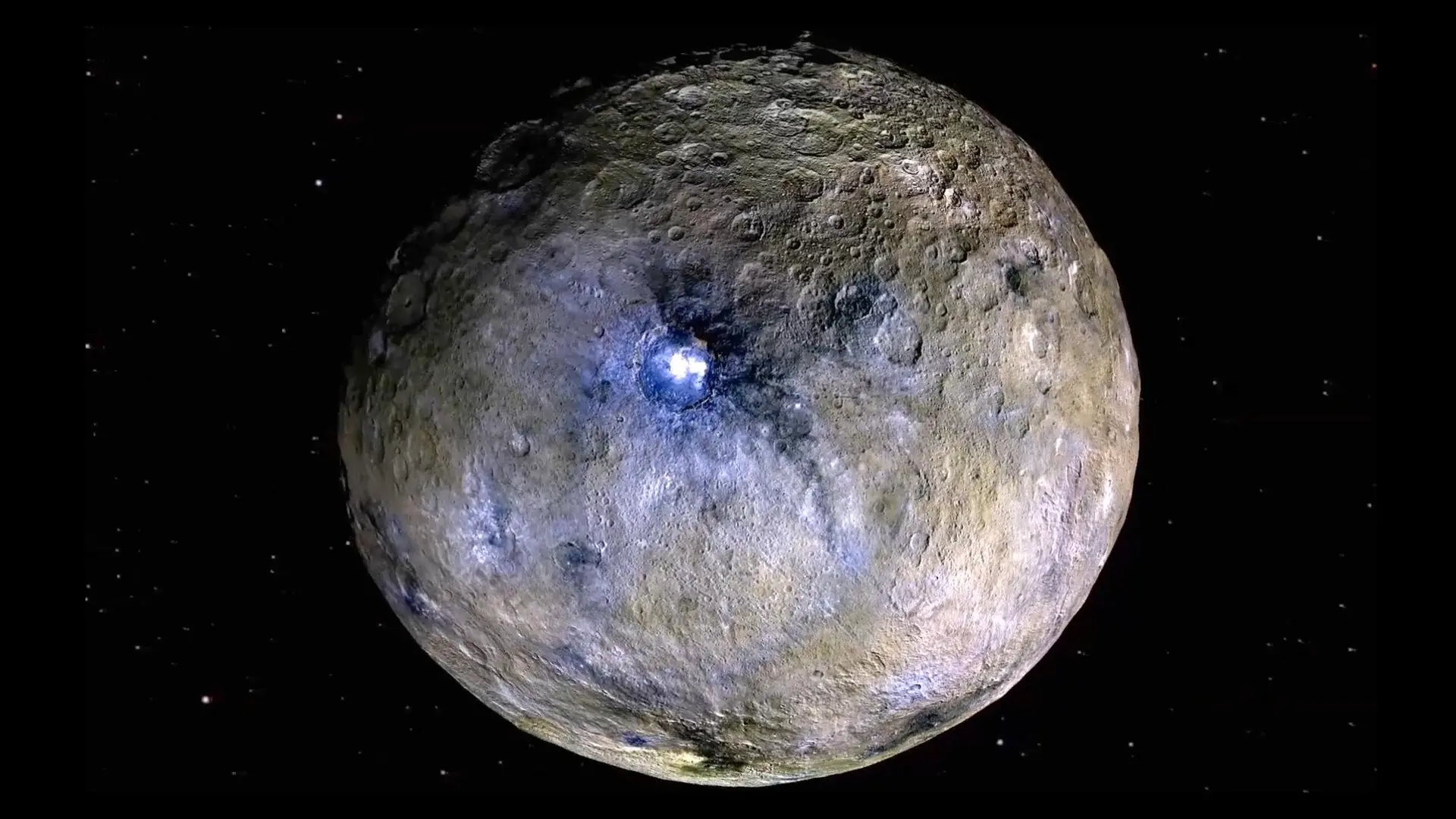
Astronomers Discover 2017 OF201: A Massive Dwarf Planet Beyond Pluto That Could Redefine Our Solar System

Scientists Use AI And Ancient Linen To Reveal What Jesus May Have Truly Looked Like

Astronomers Discover 2017 OF201: A Massive Dwarf Planet Beyond Pluto That Could Reshape Our Understanding Of The Solar System
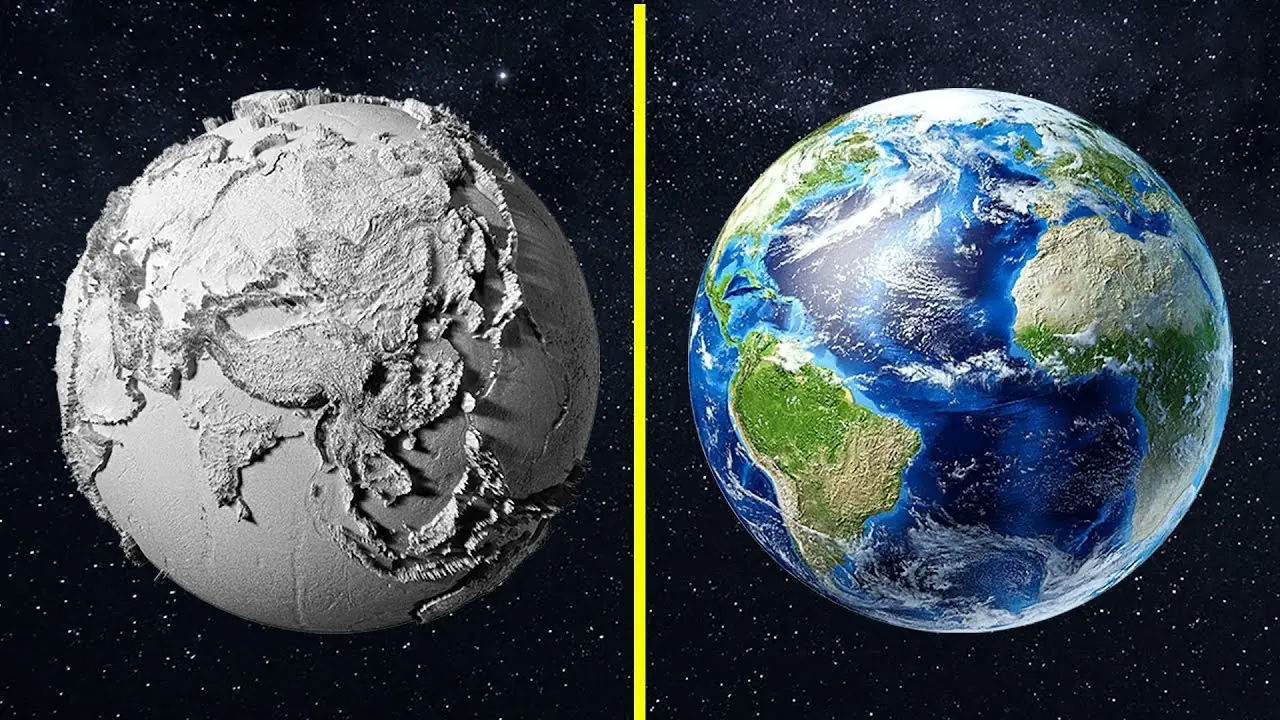
Simulation Shows Earth’s Devastating Collapse If Oxygen Vanished for Just 5 Seconds
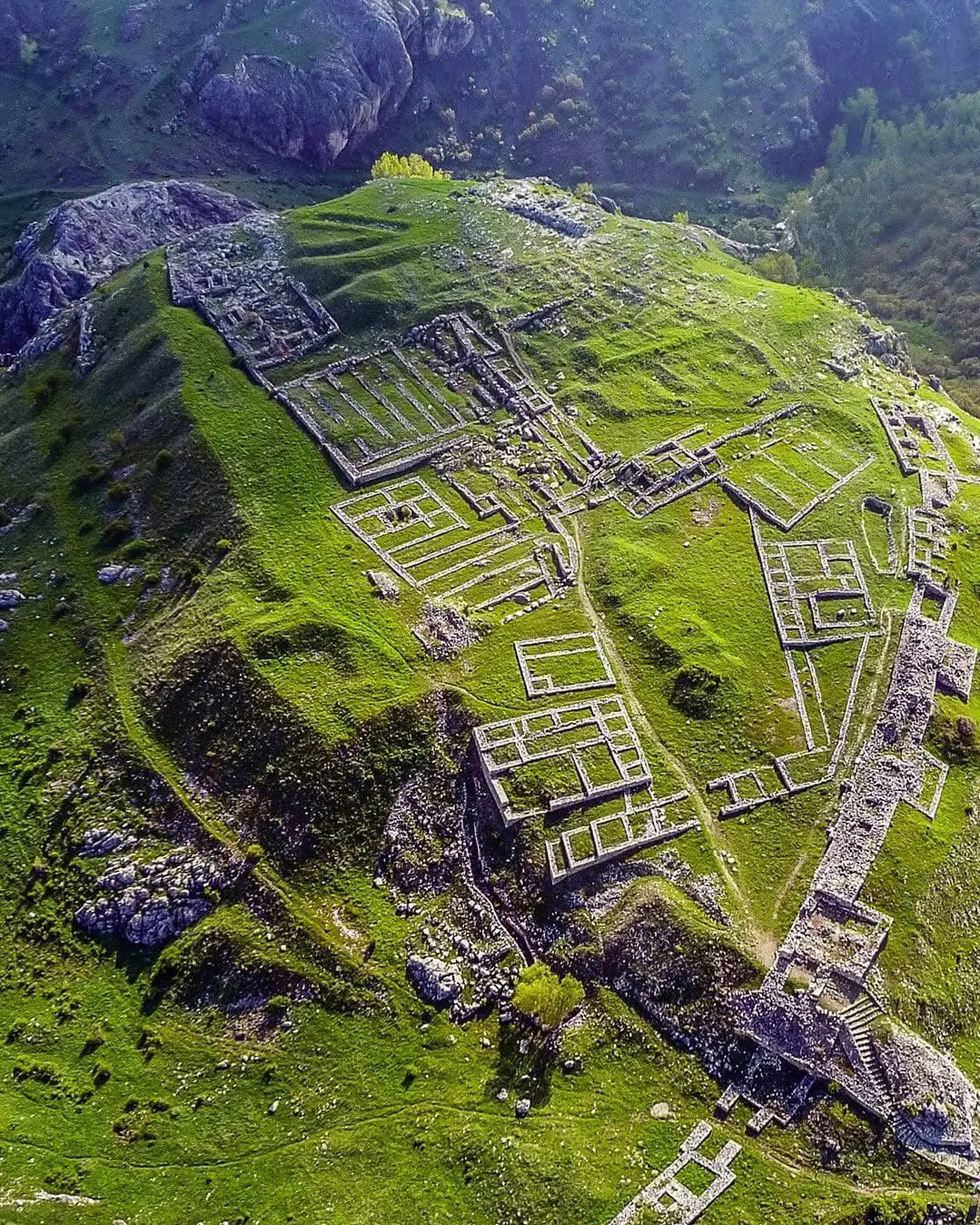
Discover Hattusa: The Ancient City 2,000 Years Older Than Machu Picchu

Man Spends Life Savings On Abandoned Ghost Town Once Worth $500 Million

Scientists Baffled By Perfect Sphere Emitting Radio Signals From Deep Space
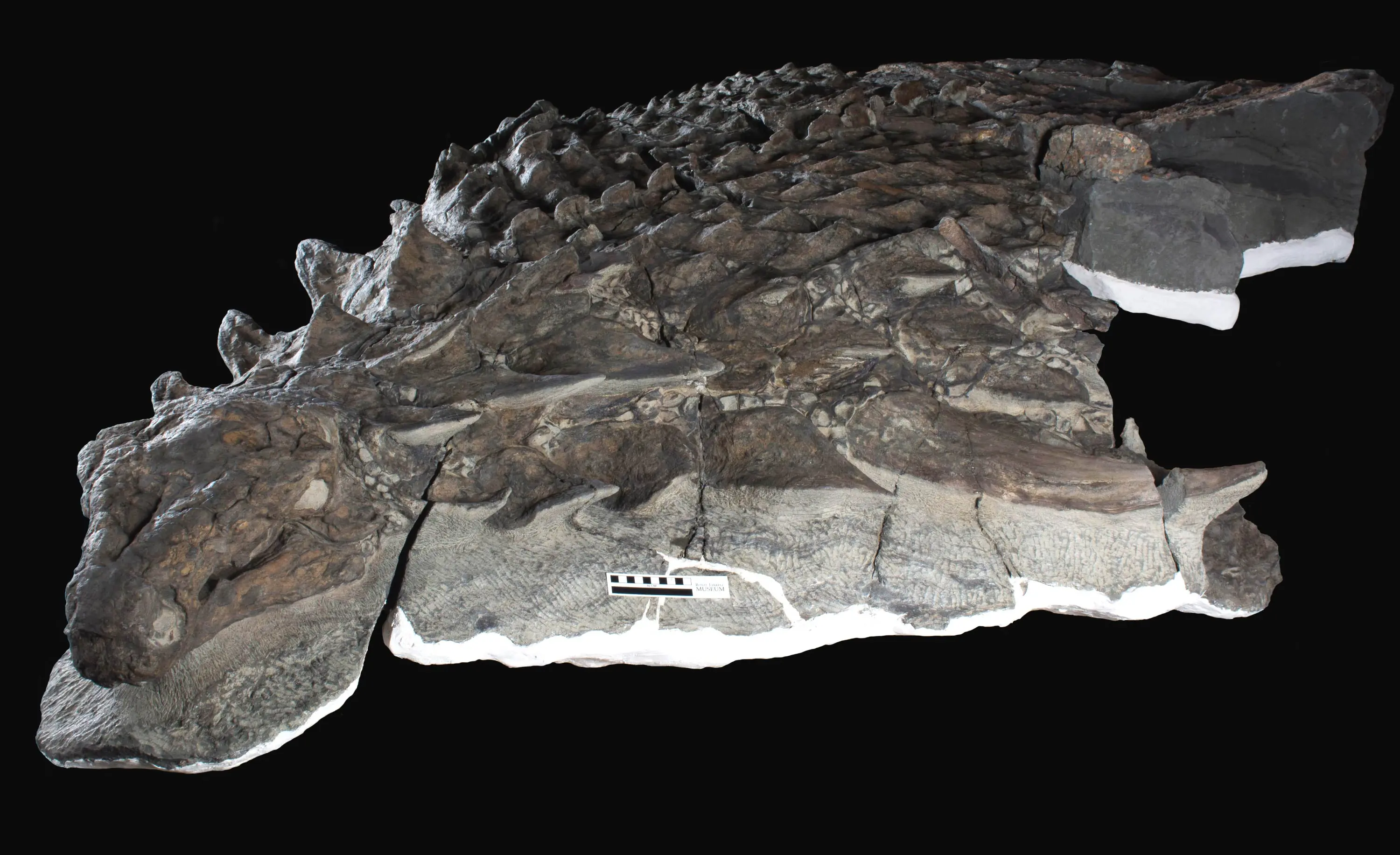
Meet Borealopelta markmitchelli: The Best-Preserved Dinosaur Fossil Ever Discovered

Is the Multiverse Real? Exploring Scientific Theories and Quantum Clues

Don’t Toss Those Eggshells: 17 Ways to Reuse Them

Why This $281m ‘Car’ Built By Boeing Only Goes 8MPH
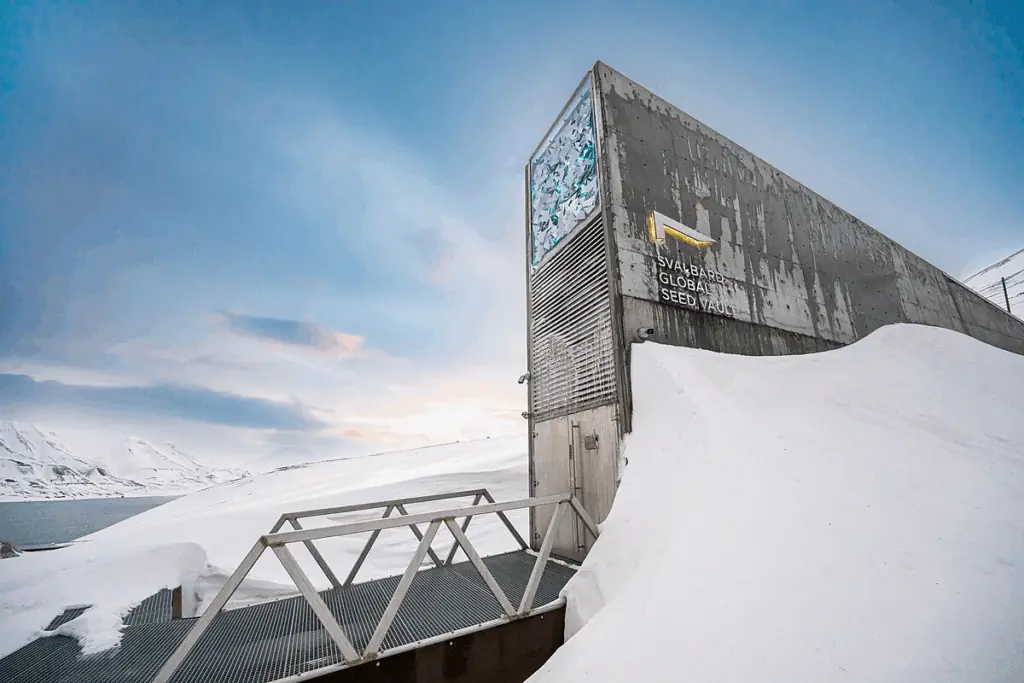
Inside The Global Seed Vault: Earth’s ‘Safest Place’ Only Opens Six Times A Year
News Post

No, dear mother-in-law, I bought this apartment before the marriage, so pack your things,” I made it clear that her behavior was unacceptable to me.

The wife had been silent for a year, hosting her husband’s relatives in their home, until one evening, she finally put the bold family members in their place.

My mother-in-law discovered two children in an abandoned well, brought them to me, and entrusted me with their upbringing. I raised them as my own.

After the death of her mother-in-law, Valya arrived at the notary office where the reading of the will was to take place.

The hungry girl asked the baker for a slice of bread, but she didn’t eat it. The baker was surprised when he found out why.

A 40-Year-Old Man Died from a Sore Throat After 7 Rounds of Chemotherapy – Doctors Urgently Warn: Throw Away These 2 Items from Your Fridge
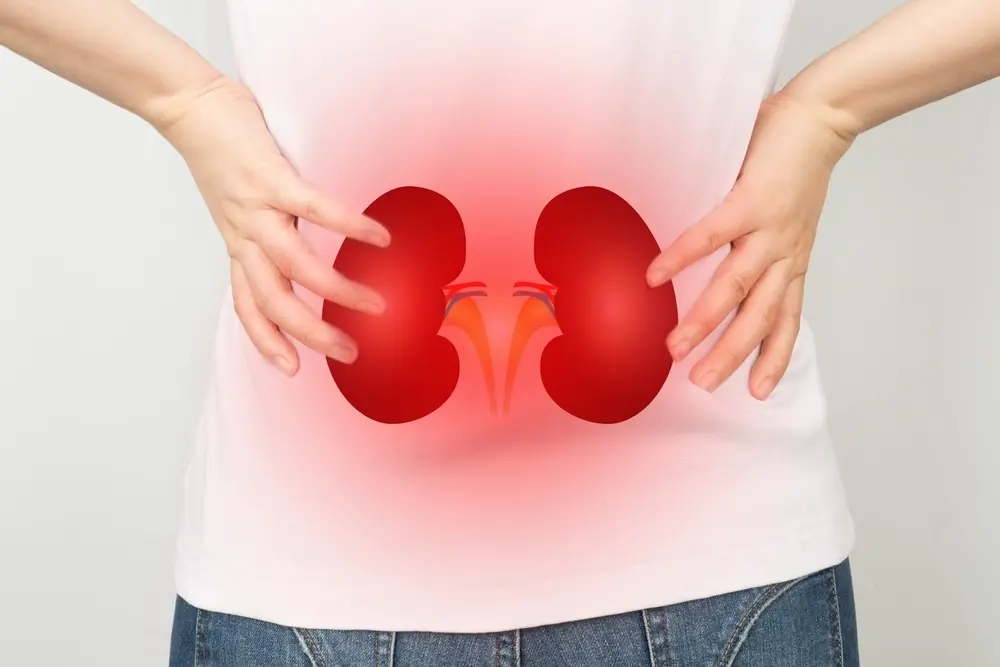
5 Signs of Kidney Failure That You Should Never Ignore – Bad Breath Even After Brushing Could Be One

About 15 Minutes Before a Stroke, the Body Often Sends 4 Clear Warning Signs: Call for Help Immediately

Russian Scientists Revealed The Most Powerful Discovery In The History Of Mankind

Scientists Warn Italy’s Phlegraean Fields Supervolcano Is Stirring, Raising Global Alarm

My Entitled SIL Erased Us from Her Wedding – I Didn't Let Her Get Away with It

Incredible Benefits of Guava Leaves | 11 Reasons To Drink Guava Leaf Tea Daily

My Sister Hijacked My Wedding for Her Pregnancy Announcement – I Waited Until Her Gender Reveal & Got the Last Laugh

My Pregnant Sister-in-Law Turned Me into Her Maid – I Played Her Game Until She Crossed the Line

11 Natural Ways to Whiten Your Teeth Using Everyday Ingredients

I Was Cleaning out After My Divorce and Tossing Old Documents Into the Fire When One Letter Stopped Me Cold

I Cut My Niece Off from the College Fund After I Overheard Her Conversation with My Ex-wife

🥤15 Surprising Benefits of the Juice You’ve Never Tried – Onion, Pineapple & Honey

Toothpaste: The Secret to Happy Feet!
